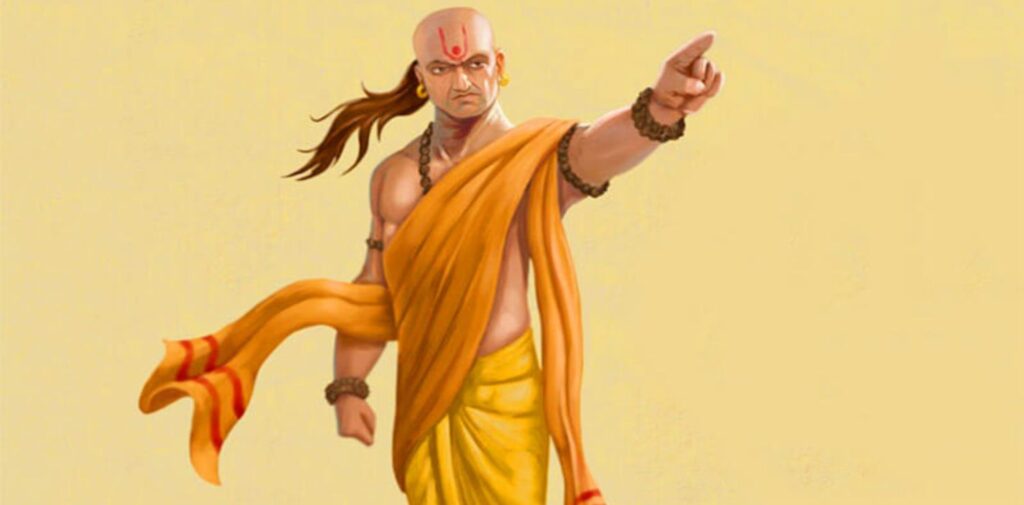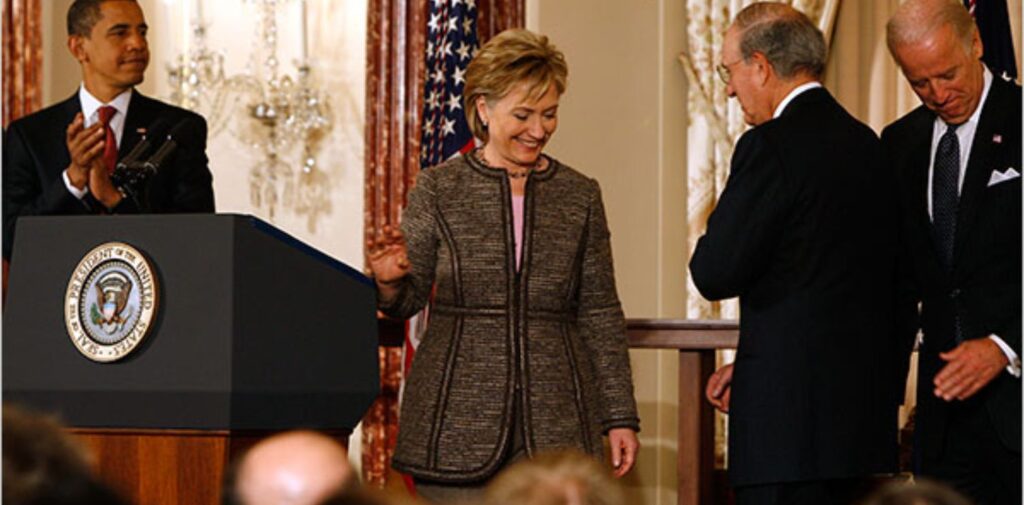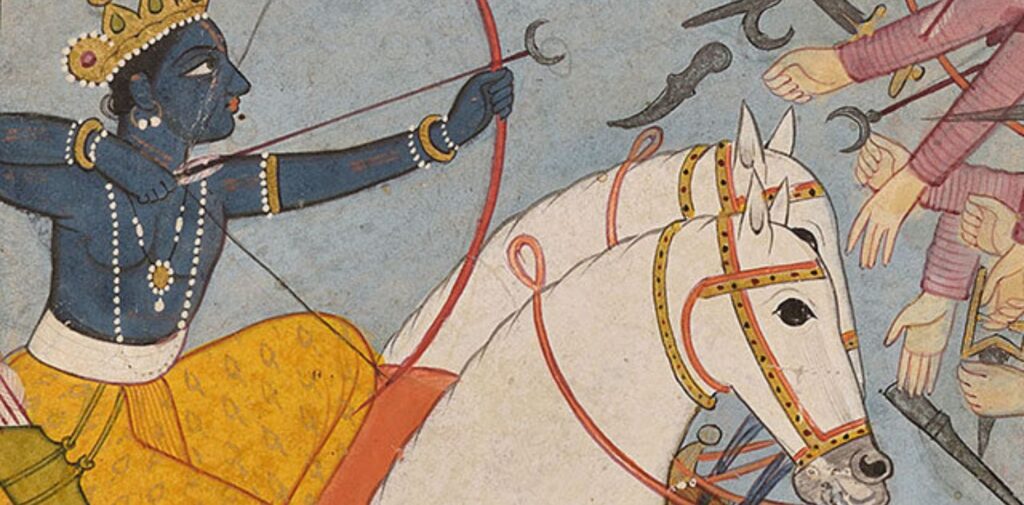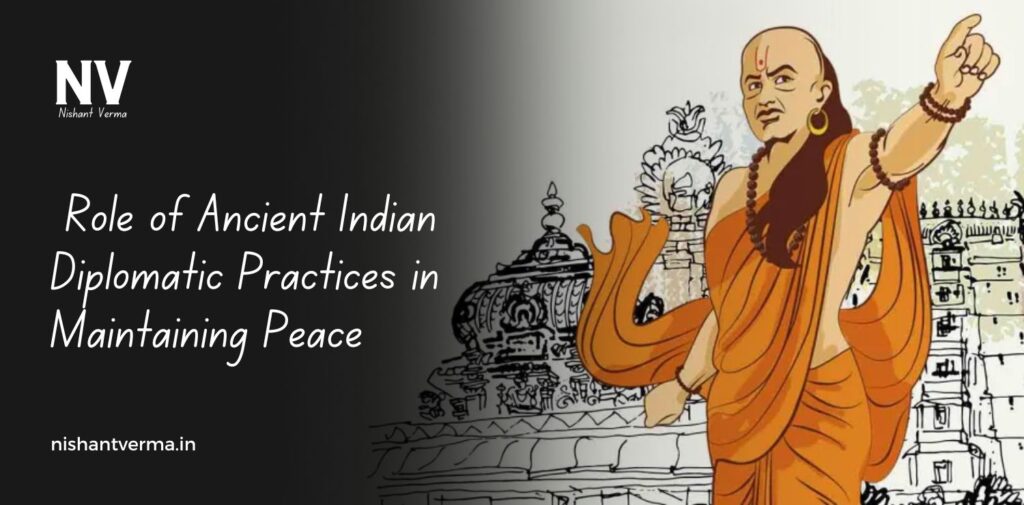Ancient Indian, with its long and rich history, was home to a variety of kingdoms and empires, each contributing to the development of cultural, political, and diplomatic strategies that ensured stability and peace in a vast and diverse land. Diplomatic practices in ancient India played a crucial role in maintaining peace both within the country and with neighboring regions. These practices were shaped by the profound philosophical and religious traditions that permeated Indian society, such as Dharma (righteousness), Ahimsa (non-violence), and Satyagraha (truth force), as well as the understanding of the complex dynamics of statecraft.
The significance of diplomacy in ancient India is highlighted in the way rulers and their diplomats balanced power, trade, alliances, and cultural exchanges. Ancient Indian diplomatic practices were not only concerned with negotiation and warfare but also focused on maintaining peace through mutual respect, cooperation, and ethical conduct. These practices have left a lasting impact on the world and continue to influence diplomatic methods today.
The Philosophical and Ethical Foundation of Indian Diplomacy
Indian diplomacy was deeply rooted in the country’s spiritual and philosophical teachings, which emphasized harmony, cooperation, and peace. The Vedas, the oldest scriptures of Hinduism, contain early references to diplomacy, where the importance of peaceful relationships between states was often stressed. But it was primarily the teachings found in the Arthashastra, written by the ancient scholar and strategist Chanakya (also known as Kautilya), that formalized and provided a structured approach to diplomacy and statecraft.

The Arthashastra, considered one of the earliest treatises on governance, emphasizes diplomacy as a tool to safeguard the state’s interests and maintain peace. Chanakya outlined methods of negotiation, alliances, and even espionage to ensure the well-being of a kingdom. However, the underlying principle was always to maintain peace wherever possible and avoid unnecessary conflict.
Central to these practices was the concept of Dharma—the moral law and principles of right conduct. Diplomats and rulers were expected to follow Dharma in all their dealings, ensuring fairness, respect, and justice in their relationships with other states. The practice of Ahimsa (non-violence) also played a significant role in promoting peaceful resolutions to disputes. While warfare was not entirely avoided, it was considered the last resort, and efforts were always made to find peaceful alternatives first.
Chanakya and the Principles of Diplomacy
One of the most influential figures in shaping the diplomatic practices of ancient India was Chanakya, the advisor to Chandragupta Maurya, the founder of the Mauryan Empire. Chanakya’s insights into diplomacy were pragmatic and realistic, understanding that peace could be fragile, and it required constant vigilance.
In the Arthashastra, Chanakya outlined several diplomatic strategies, including Sama (conciliation), Dana (gifts or bribery), Bheda (divide and rule), and Danda (punishment). These tactics helped rulers navigate relationships with other kingdoms or states, depending on the situation. The strategy of conciliation, for example, was based on dialogue and negotiation to resolve conflicts peacefully. When this was not possible, the other tactics were used to secure the interests of the state while maintaining a delicate balance of power.
However, Chanakya’s emphasis on Sama reflected his belief in peaceful and diplomatic means of conflict resolution. He recommended diplomatic engagement, such as sending emissaries, negotiating treaties, and building alliances, to ensure that war was only waged when absolutely necessary.

The Role of Emissaries and Envoys
In ancient India, envoys or ambassadors played a crucial role in maintaining diplomatic relations. They were the primary means through which communication occurred between different kingdoms or empires. These envoys were not just messengers but were expected to embody the ethics and cultural values of their state. Their primary responsibility was to ensure that peaceful relations were maintained, disputes were resolved, and trade continued smoothly.
The role of the envoy was to act as a mediator, often negotiating treaties or resolving disputes without the need for conflict. They were trained in diplomacy, understanding the nuances of language, culture, and power dynamics. In some cases, envoys would also carry gifts as symbols of goodwill or to demonstrate the strength of the kingdom they represented. These exchanges played an important role in building trust and goodwill between states.
Treaties and Alliances: The Art of Negotiation
Ancient Indian rulers were skilled in the art of negotiation and creating alliances that benefited both parties. This was especially evident during the reign of Ashoka the Great of the Mauryan Empire. Ashoka, after his conversion to Buddhism, focused on promoting peace and non-violence not only within his empire but also with neighboring kingdoms. His reign is often noted for its emphasis on diplomatic engagement and peaceful negotiations.
Ashoka’s Rock Edicts, inscriptions found throughout the Indian subcontinent, provide insight into his diplomatic practices. These edicts emphasized the importance of tolerance, respect for all religions, and peaceful coexistence with neighboring states. Ashoka sent emissaries to other regions, including Sri Lanka, Central Asia, and the Mediterranean to promote peace, Buddhism, and mutual respect.
One of the most significant diplomatic actions undertaken by Ashoka was the establishment of a treaty of peace with the Kalinga Kingdom. After his conquest of Kalinga, Ashoka deeply regretted the violence and bloodshed of the war and worked to establish lasting peace with the region. He also sought to avoid future conflict through diplomatic means, demonstrating the importance of treaty-making and negotiations in ancient Indian diplomacy.
The Role of Religion in Diplomacy
Religion played a significant role in the diplomatic practices of ancient India, particularly Hinduism and Buddhism. Indian rulers often used religious diplomacy to engage with other states, both within India and abroad.
Buddhism, which emerged in India around the 6th century BCE, was an influential force in shaping the diplomatic landscape of ancient India. As Buddhism spread to regions like Sri Lanka, Myanmar, Southeast Asia, and Central Asia, it became a unifying force that helped maintain peace and foster diplomatic ties. Ashoka’s role as a missionary of Buddhism highlights the intersection between religion and diplomacy in ancient India.
Furthermore, Hinduism also had a diplomatic function. The idea of Dharma, as mentioned earlier, provided a universal ethical framework that guided rulers in their relations with others. Hinduism’s emphasis on Ahimsa (non-violence) and respect for all living beings made it an ideal foundation for peaceful diplomacy. Indian rulers often used these religious principles to justify peaceful approaches in foreign policy.

The Legacy of Ancient Indian Diplomacy
The diplomatic practices of ancient India had a lasting impact on the development of international relations, not just in India but across Asia. The Mauryan Empire, under Chandragupta and Ashoka, set a precedent for creating alliances and resolving conflicts through negotiation, diplomacy, and mutual respect. The Silk Road, which connected India to the Middle East, Central Asia, and beyond, became a route for not just trade but also the exchange of ideas, cultures, and diplomatic practices.
In modern times, the influence of these ancient practices can be seen in the importance of dialogue, peaceful resolution of conflicts, and the use of envoys or diplomats in international relations. India’s ancient diplomatic practices were rooted in respect for all nations, a commitment to peace, and the use of negotiation over violence.
Conclusion
Ancient Indian diplomatic practices were characterized by a commitment to peace, fairness, and mutual respect. Through texts like the Arthashastra, the guidance of wise rulers like Chanakya, and the moral teachings of Dharma and Ahimsa, ancient Indian diplomacy emphasized the importance of maintaining peaceful relations both within the subcontinent and with neighboring kingdoms. Diplomacy was seen not just as a political tool, but as a way to foster harmony, understanding, and cooperation between different cultures and nations. Today, the principles of ancient Indian diplomacy continue to inspire and guide international relations, reminding us of the timeless value of peace, dialogue, and ethical governance.




